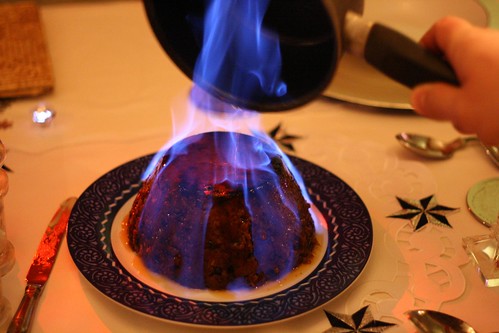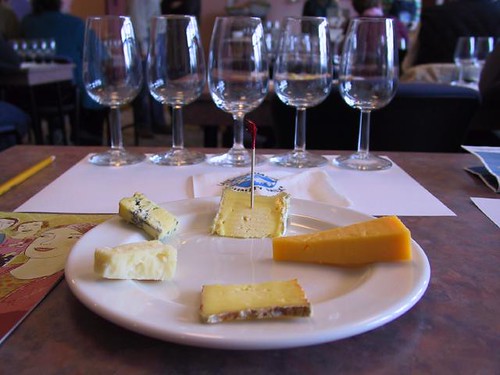date of visit: Friday 14 December 2012
Giallo, a wine bar on Rundle St East, has been on my ‘list’ for absolutely ages. Kate and I were trying to line up a drink and, while a work Christmas function chose the date for us (that’s my fault, fitting as much toddler free activity as possible into one evening!) there was some umming and aahing about venue. Both Giallo and Cork worked, with Giallo winning out – largely on the basis of parking and the “I haven’t been there before” factor (on my part).
Giallo has a stylish but not in your fact street front presence. I was walking on the opposite side of the road and if I hadn’t been looking out for it I suspect I might not have noticed it. Hint: it’s next to the post office/depot which you simply can’t miss.
As it was a very pleasant afternoon we sat outside, so I have no idea what the interior is like. The menu and the wine list that are online are not up to date (tututut) but give a very good indication of what you can expect to eat and drink. I began with a glass of Good Catholic Girl Teresea Riesling from Clare. This is a very atypical Clare Riesling: it’s not relying on a steely acid backbone and a ton of lemon/lime at all. It’s a lot more subtle than that. It’s a wine I’d revisit with this in mind, because at the time I was a bit shellshocked by it not conforming to type. Kate tried the Ngeringa Rosé from the Adelaide Hills. Next up, I was tempted to try a Portuguese wine until the bottles appeared and I made a last minute hasty switch to the Fraser Gallop Chardonnay. A really wise move as this is a lovely wine and one I’ll be seeking out in future.
After one glass of wine I was ready for something to eat. Unfortunatley for me, Giallo wasn’t quite ready to start its dinner service but a bit of a chat to our waiter, who had a quick conflab with the kitchen, meant that they were happy to put together something for me. This was probably helped (a lot) by my attitude of “well I eat everything so whatever is easiest will be fine”. I was presented with a beautiful, beautiful plate of salmon carpaccio, dressed with pickled ginger and microgreens. In amongst the dressing (once I decided I could indeed messy up the plate!) were caraway seeds, which not only made a great textural contrast but worked really well with the fish and ginger.
It was a really delicious plate of food.
Giallo isn’t cheap: the salmon was $22 and the wines by the glass all hover around the $9 mark, but I think you’d struggle to find a venue that’s offering the same things at lower prices. I was also really impressed to see groups with babies and children arrive be made as welcome as those having post work drinks.
Although my visit to Giallo was only brief, I was impressed by the wine list, the food and the staff. Somewhere I’d definitely return for a more leisurely outing.





